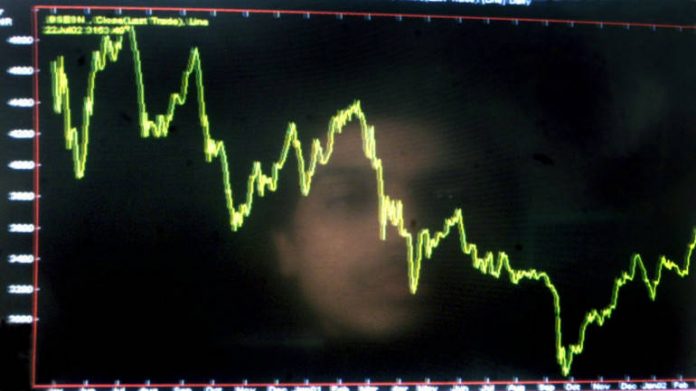When market forces are pushing our trade into unfavourable territory, we should devise a mechanism which could reap the benefits of favourable move when the tide turn.
Shubham Agarwal
There comes a time in every few months when the indices are not in a mood to make up their minds.
There would be a popular level to which it gets glued to and keep moving around that level. Well, a situation like this is no short of a turmoil for any trader.
In the absence of any trend, it becomes difficult for the trader to choose a strategy. But, in consolidations, especially the choppy ones which we have been witnessing for around three weeks now, are capable of creating misleading signals.
In times like these when the patience is tested, “Out of The Money” (OTM), vertical spreads could come in very handy.
So, the difficulty of being stopped out in an unfavourable gyration is the most painful especially after being stopped out.
To avoid this, should we avoid keeping Stop Loss? Absolutely not, On the contrary, I reckon every trade in these kinds of indecisive times should have a known loss strategy in place.
That is where the vertical spreads come into play. Here, we Buy a Call/ Put Option and Sell Higher Call/ Lower put against it.
In times of consolidation, especially the choppy ones, we have seen that stronger names weaken or at times weaker names get strengthen but with lower intensity.
All we need to do is that when market forces are pushing our trade into unfavourable territory, we should devise a mechanism which could reap the benefits of favourable move when the tide turn.
Now with OTM vertical spreads, we initiate Buy position in a Call or a Put a little distant from the current level, meaning a relatively higher Call/ lower Put is bought.
Due to this, the cost of spread vis-à-vis the profitability of the spread is higher. This helps in dealing with the stop loss because due to a cheaper initiation cost cum maximum loss this strategy becomes too inexpensive and hence can be kept as a without stop loss trade.
So, regardless of the volatility, we need not exit the trade.
On the favourable side, typically, whenever the tides turn and the move comes along, even approaching the sold option strike the strategy pays off around 1-1.25 times the maximum loss.
This may not make profitability too attractive but would definitely raise the courage to take a trade like this.
Ideally, I would not recommend anyone to take additional spreads in consolidation. But, lately, doubling these spreads has worked for me where the half of the quantity gets booked as soon as the spread doubles and the rest are held at zero risks.
Nonetheless, for position sizing, I would leave up to the conviction in the trade but OTM Vertical spreads are worth paying attention as a tool to escape being unduly stopped out in violent gyrations.
(The author is CEO & Head of Research at Quantsapp Private Limited.)


